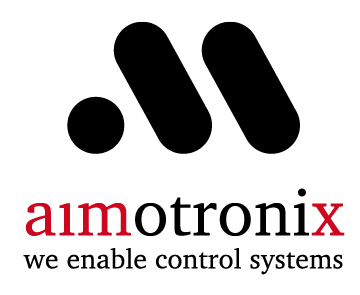If you are working on complex systems such as motion control, industrial equipment, aerospace, or automotive applications, you might have heard of model-based design (MBD). But what is it and why should you use it?
Model-based design is a method of addressing problems using mathematical and visual models of the system. Such models are also referred to as digital twins. However, we prefer the term model, as this clearly implies a simplified representation of the reality rather than a mirror of it. These models can help you capture requirements, design, implement, and test your system in a simulation environment. This way, you can avoid costly and risky hardware prototyping and testing, speed up your development cycle, and reduce cost by up to 50% or more.
Sounds too good to be true? Well, it is. Model-based design is not a magic bullet that will solve all your problems. It’s a tool that can help you if you use it wisely. Here are some challenges and limitations of model-based design that you should be aware of:
- You need to ensure that your models are sufficiently accurate and realistic representations of the mechanisms and phenomena they should cover. Otherwise, you might end up with a system that works perfectly in simulation but fails miserably in reality. That’s like buying a car online and getting a toy car instead.
- You need to have the right skills and tools to create and manage your models effectively. Otherwise, you might spend more time debugging your models than developing your system. That’s like trying to bake a cake with a hammer and a screwdriver.
- You need to integrate your models with other tools and platforms. Otherwise, you might face compatibility issues and communication errors. That’s like trying to speak with a fish.
But don’t let these challenges stop you from exploring the benefits of model-based design. With the right guidance and support, you can leverage modelling, simulation, and model-based controls to deliver high-quality, reliable, and innovative systems that meet your customers’ needs and expectations.

One of the areas where model-based design can make a huge difference is energy systems and management. Energy systems are complex networks of energy sources, converters, storages, and loads that need to be managed efficiently and sustainably. Energy management is the process of planning, monitoring, controlling, and optimizing the energy use of these systems.
Energy systems and management pose many challenges for engineers and managers alike:
- Energy conversion involves multiple physical phenomena such as thermodynamics, fluid mechanics, electromagnetism, chemistry, etc. that need to be modelled accurately.
- Energy storage involves trade-offs between capacity, power density, efficiency, cost, safety, etc. that need to be balanced optimally.
- Power limitations involve constraints on voltage, current, frequency, etc. that need to be respected at all times.
- Boundary conditions involve variations in demand, supply, weather, prices, regulations, etc. that need to be anticipated and adapted to.
Model-based design can help you overcome these challenges by enabling you to:
- Create meaningful models of your energy system components and their interactions using graphical or textual languages.
- Simulate your energy system behavior under different scenarios and conditions using numerical solvers or real-time platforms.
- Design and implement model-based controllers that can regulate your energy system performance using feedback or feedforward techniques.
- Test and validate your energy system functionality and safety using virtual or hardware-in-the-loop methods.
Model-based design can also help you improve your energy system efficiency and sustainability by allowing you to:
- Analyze your energy system data using statistical or machine learning tools.
- Optimize your energy system configuration using multi-objective or multi-criteria methods.
- Monitor your energy system status using sensors or smart meters.
- Manage your energy system operation using scheduling or demand response strategies.
Model-based design can be applied to various types of energy systems such as:
- Mobility ecosystem: vehicle powertrains in general, electric vehicles (EVs), hybrid vehicles (HEVs), fuel cell vehicles (FCVs), charging stations (CSs), vehicle-to-grid (V2G), etc.
- Energy ecosystem: renewable energy sources (RESs), distributed generation (DG), microgrids (MGs), smart grids (SGs), demand-side management, etc.
At AIMotroniX, we have the expertise and experience to help you with model-based control for your applications. Whether you need to design, calibrate, validate, optimize, control, or diagnose your systems, we can provide you with the best solutions and support. We can also help you integrate model-based control with other technologies such as machine learning and artificial intelligence.
If you are interested in learning more about model-based design and control and how it can benefit your business, contact us today for a free consultation. Challenge us with your system and problems!
This text has been co-authored by real people from AIMotroniX in collaboration with Bing AI Chat.
